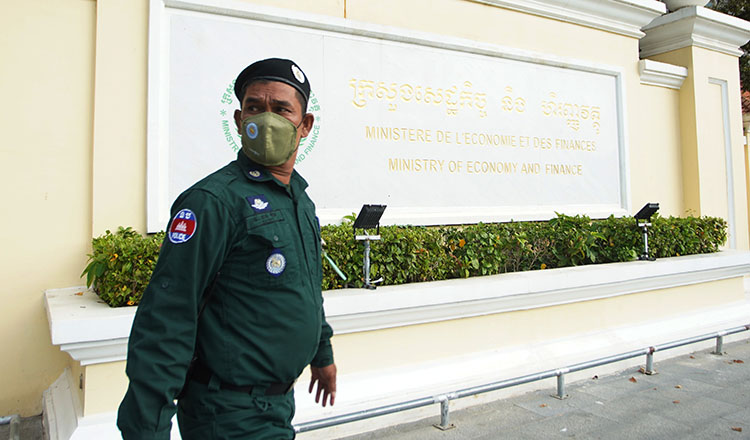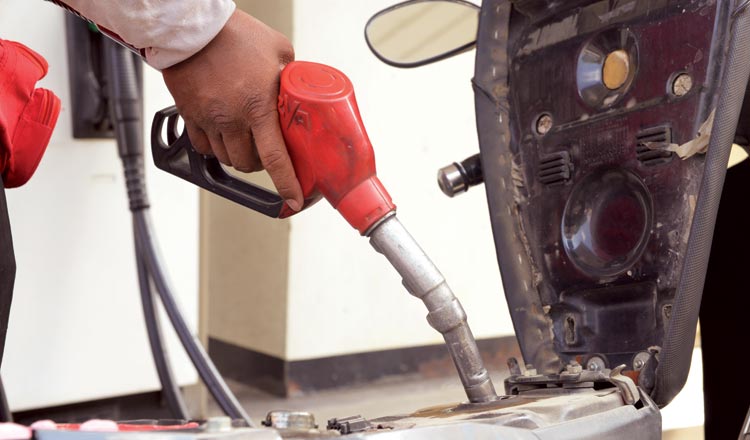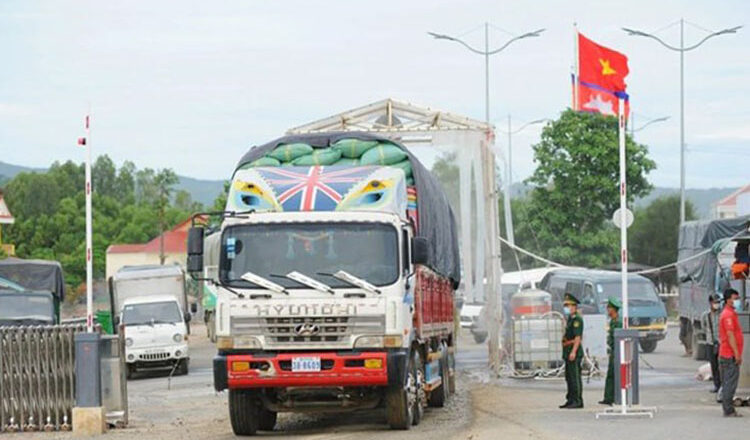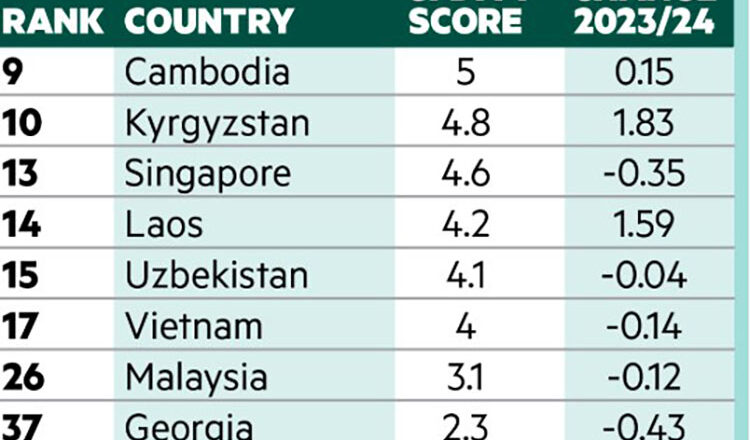Cambodia collects $3.3B in tax revenue in H1
Cambodia collects $3.3B in tax revenue in H1
According to the Ministry of Economy and Finance, the tax income collection would reach 86.5 percent below the target due to declining of profit taxes, VAT, and special taxes.

Cambodia has collected KHR 13,134,974 million (approximately $3,304 million) from all sources of taxes in the first half of 2025, equal to 53.4 percent of the target plan set for 2025, according to a report from the Ministry of Economy and Finance.
The country has two institutions responsible for collecting taxes: One is the General Department of Taxation (GDT), which focuses on interior taxes such as income tax, salary tax, value-added tax, and property tax, and the other is the General Department of Customs and Excise.
GDCE has collected KHR 5,948,913 million (approximately $1,497 million) in tax revenue during the January-June period of this year, equal 58.6 percent of the 2025 target plan, read the report, citing that the income tax rose by 16.5 percent over the last year, the report showed on Monday.
GDT’s tax income collection rose by 2.5 percent year-on-year to KHR 7,186,061 million (approximately $1,808 million), equal to 47.9 percent of the 2025 target plan, added the report.
“Overall, income collection from all tax sources in the first semester of this year has been implemented over the same period last year,” the ministry said in the report.
The ministry went on to say that in the whole year of 2025, the tax income collection would reach 86.5 percent below the target plan due to declining of profit taxes, VAT, and special taxes, while income from some sectors including construction and real estate is projected to grow at a slow peak plus with continued incentive policies to those sectors.
Last month, Director General Kun Nhim cited some major challenges to tax income collection.
Those challenges include the increasing scope and complexity of free trade agreement implementation, the rise of domestic production instead of imports, broader tax and duty incentives to attract investment, the increasing population of small-cylinder and electric vehicles, and the continued development of new and more sophisticated tax evasion activities, he said.
The GDT has reformed the tax system, including services to taxpayers and registration, audits, debt management and fast resolution of issues faced by taxpayers.
The GDT has continued to implement the strategic plan and operational plan phase II (2024-2028), which sets out the main strategic objectives and goals – increase fiscal compliance by improving the quality, clarity, transparency and accountability and continue to develop human capital and expand work efficiency.
- 08:22 26/08/2025























